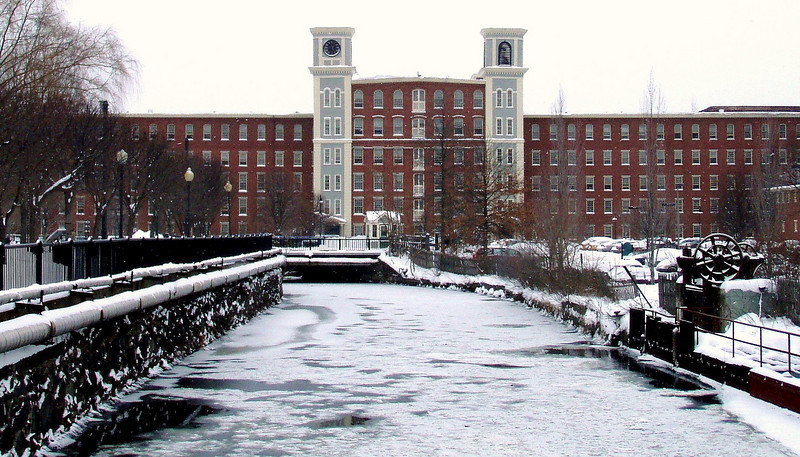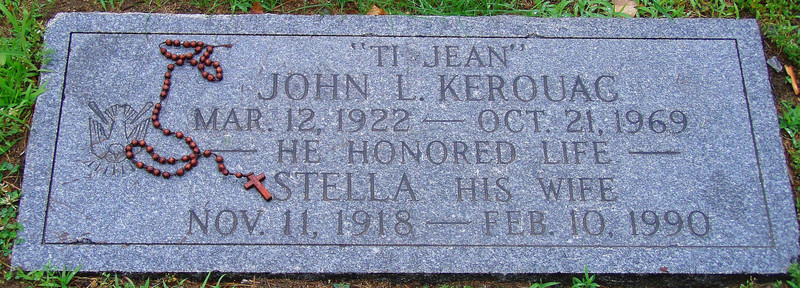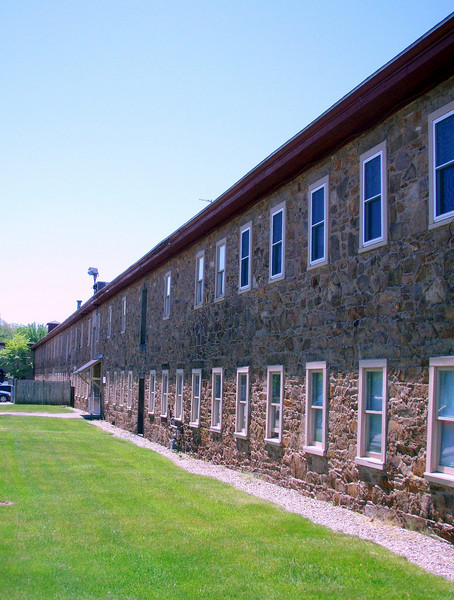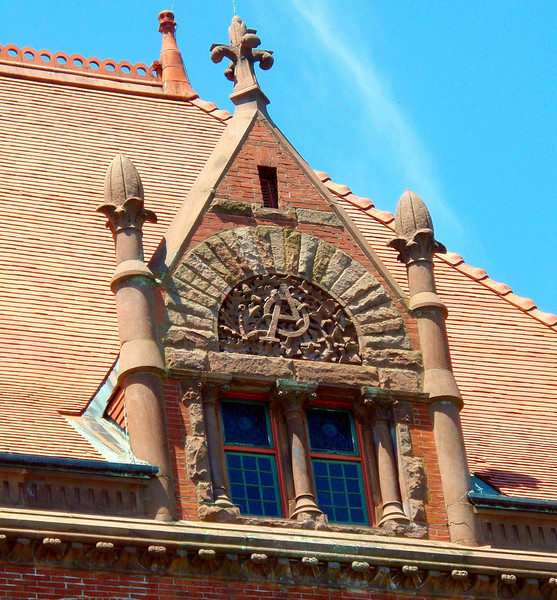MadRiver
New member
Dear Knowledgeable Ones:
I am taking an American Architectural History course at PSU that is a part of the M.A. in Historic Preservation. One component of the course is to complete a self-led field trip & photo essay covering an interesting or unique architectural style of the region. In your travels heading to some far off trailhead, if you would be so kind as to take a mental note of communities with a historic district, or a building type in multiple communities, collection of old dwellings, industrial buildings, historic churches, tobacco barns, etc.
Simply post the name of the town and type of structure to this thread.
Thank You.
I am taking an American Architectural History course at PSU that is a part of the M.A. in Historic Preservation. One component of the course is to complete a self-led field trip & photo essay covering an interesting or unique architectural style of the region. In your travels heading to some far off trailhead, if you would be so kind as to take a mental note of communities with a historic district, or a building type in multiple communities, collection of old dwellings, industrial buildings, historic churches, tobacco barns, etc.
Simply post the name of the town and type of structure to this thread.
Thank You.





